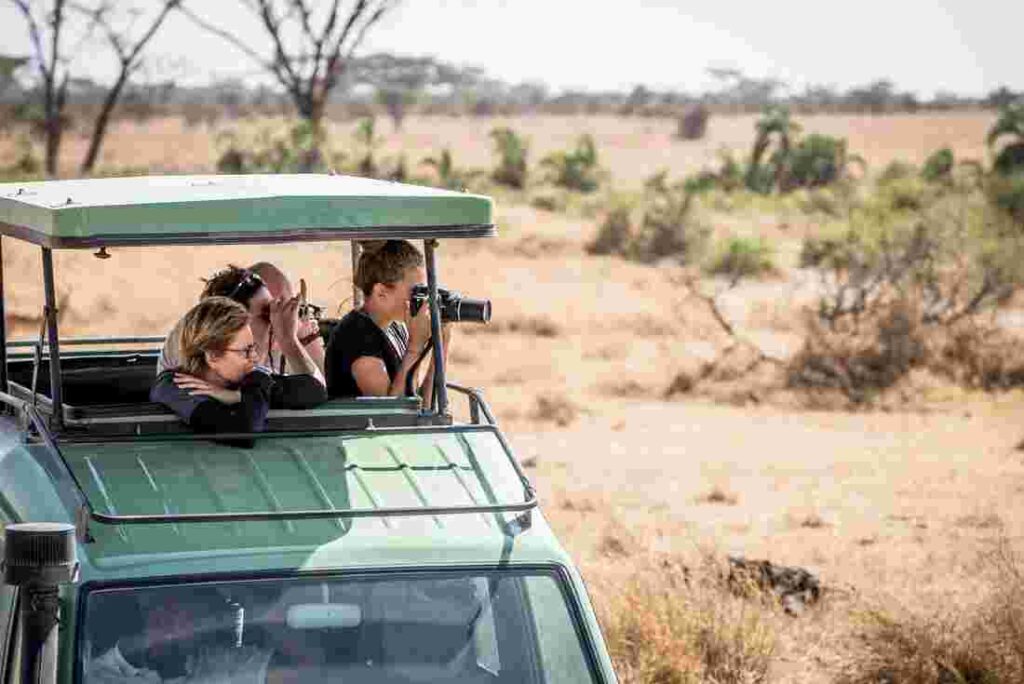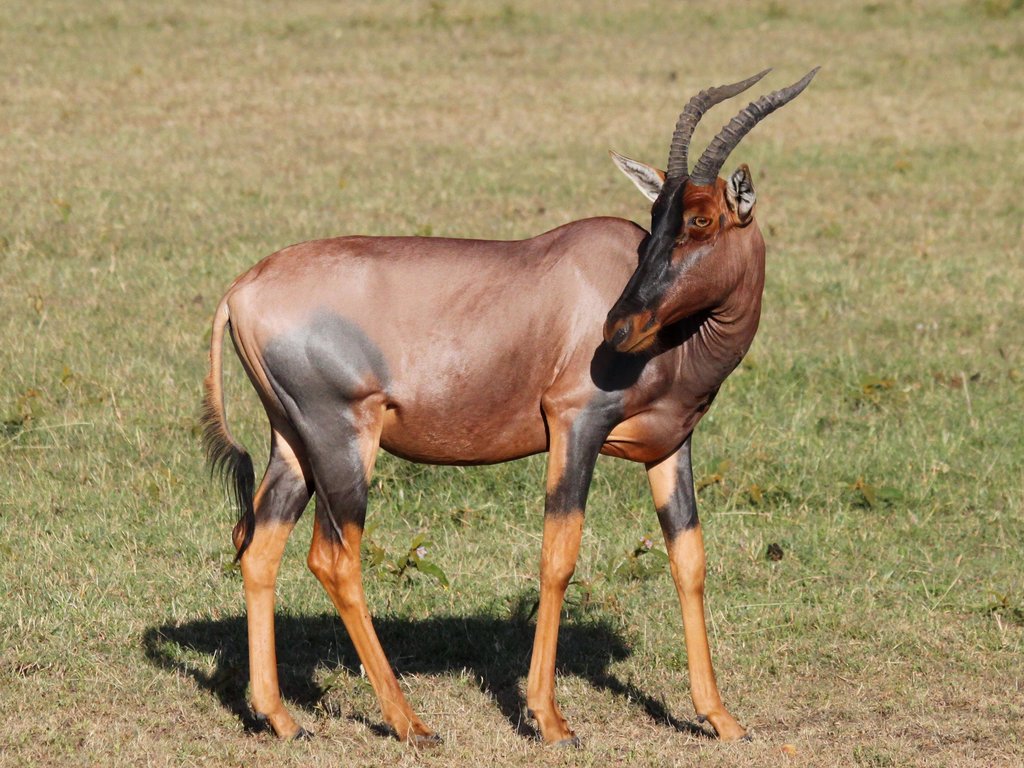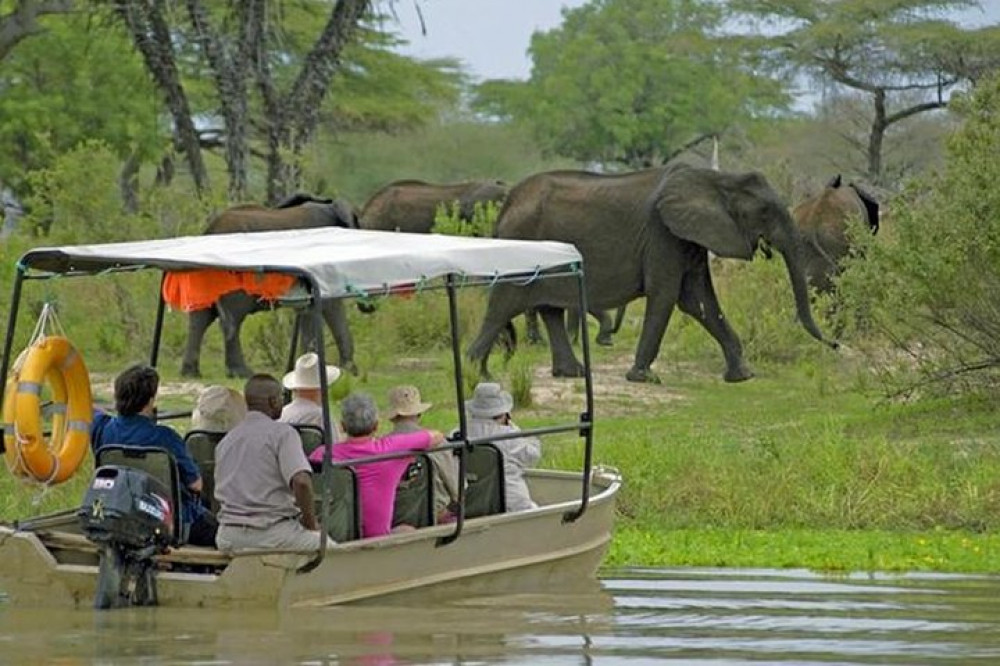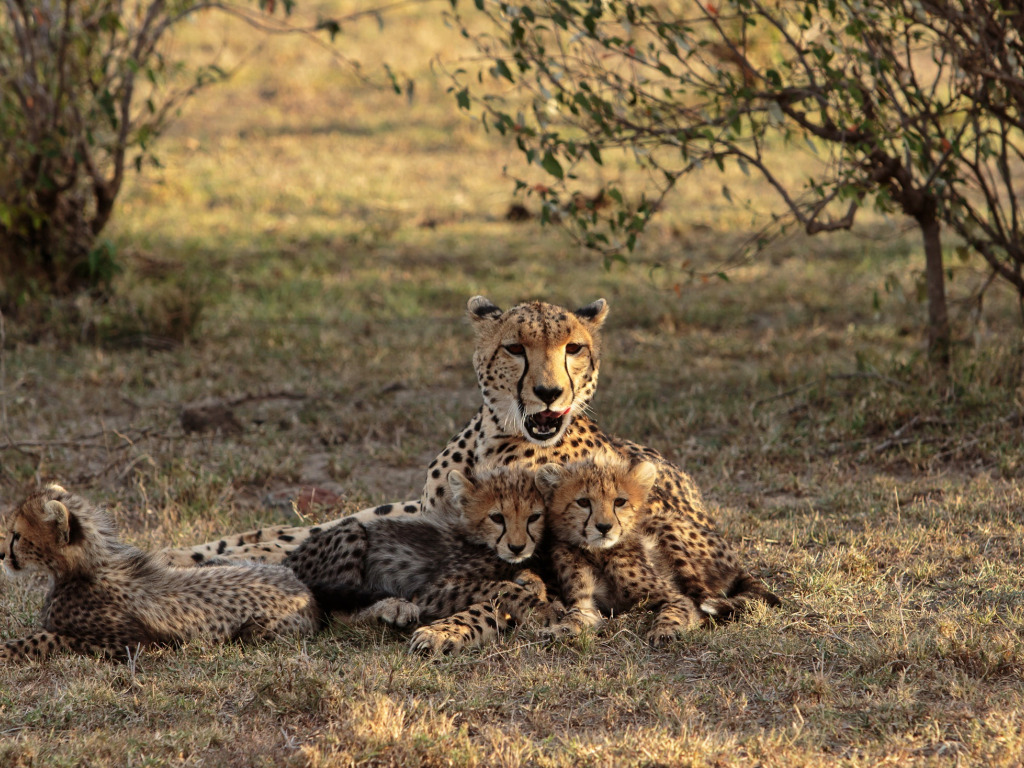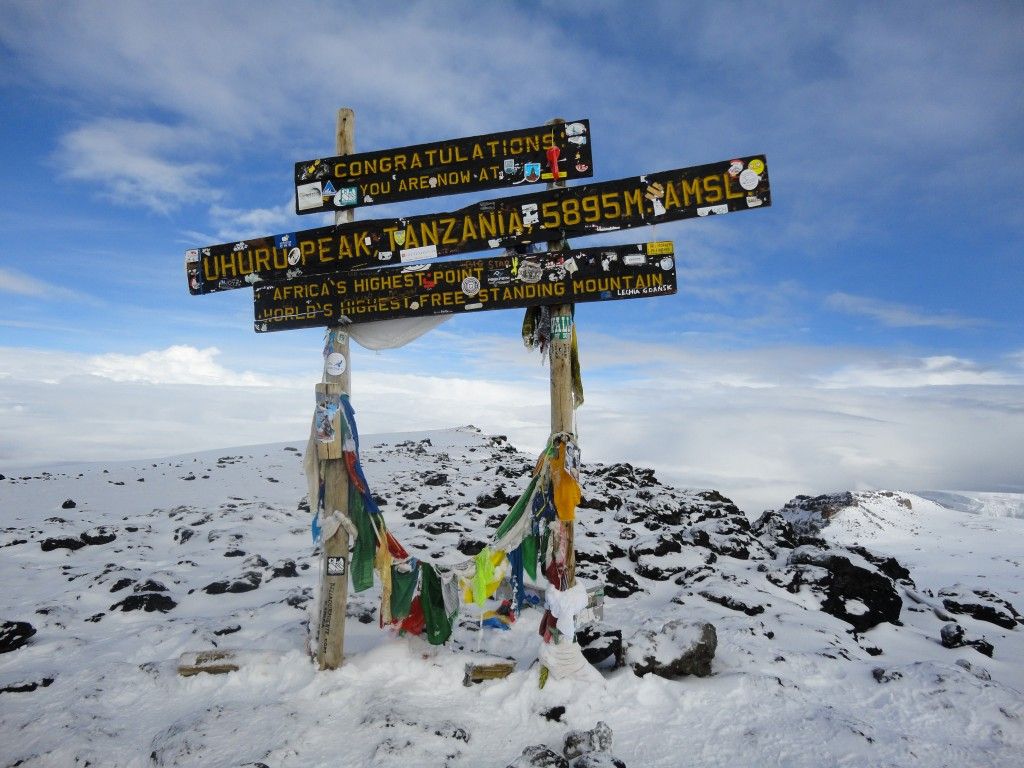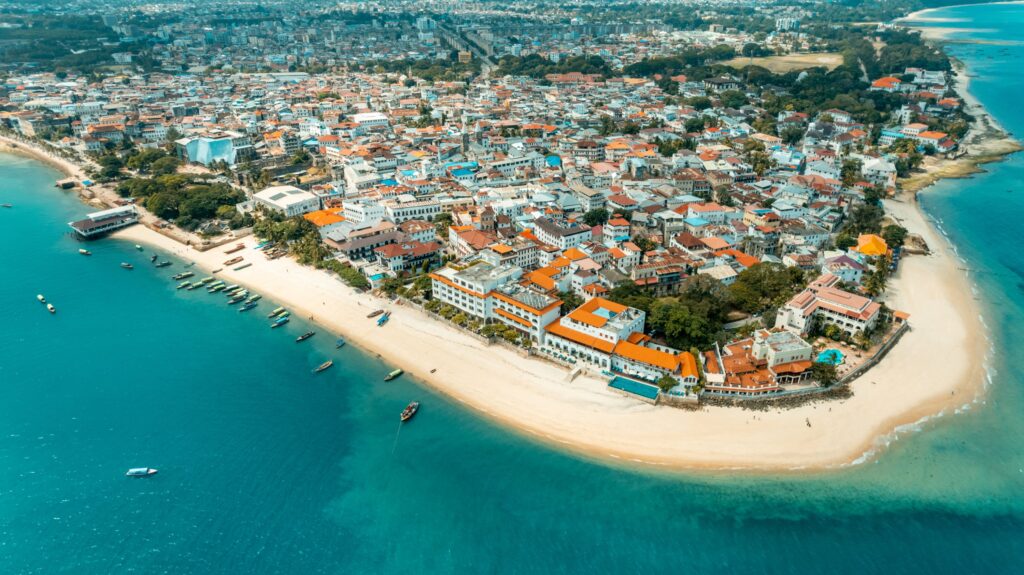Payment Policy
Payment Options for Your Safari with Engida-Travel At Engida-Travel, we aim to provide a seamless and secure booking experience for your safari adventure. Below are the various payment methods available for your convenience: Credit and Debit Cards Accepted Cards: Visa, MasterCard, American Express, and Discover Transaction Process: Make secure payments through our website or payment portal Currency: Payments are processed in US Dollars (USD) Bank Transfers Details: Payments can be made directly to our company bank account. Bank details will be provided after booking confirmation Currency: US Dollars (USD) Transaction Time: Bank transfers typically take 3-5 business days to process Fees: International transfer fees may apply; please confirm with your bank before making the payment PesaPal Process: Secure online payment through PesaPal Currency: US Dollars (USD) Transaction Fees: PesaPal charges a small fee for international transactions Cash Payments Available For: The remaining balance can be paid in cash upon arrival Currency: US Dollars (USD) Notes: Cash payments must be made at least 24 hours prior to your safari departure. Please ensure bills are in good condition (no torn or damaged notes). Payment Plans (Installments) How It Works: Flexible payment plans are available for travelers who wish to pay in installments How to Apply: Contact us via email or phone to arrange your payment plan Deposit: A 30% deposit is required to secure your booking Balance: The remaining balance is due upon arrival Travel Agency Payments For Agents: Payments made through a travel agent will be forwarded to us by the agent Currency: Payments are processed in US Dollars (USD), based on the agent’s location and currency preference Cancellation Policy Refunds: All payments are refundable up to 15 days before departure, subject to a cancellation fee No Refunds: No refunds will be issued within 30 days of the tour departure date Payment Confirmation Once your payment is processed, you will receive a confirmation email with all necessary details. Please keep your payment receipt as proof. For more information or assistance with your payment, feel free to reach out to us at info@engidatravel.com or call +255 762 784486. We look forward to welcoming you on your unforgettable safari experience with Engida-Travel! Enjoy an Array of African Tour Experiences



